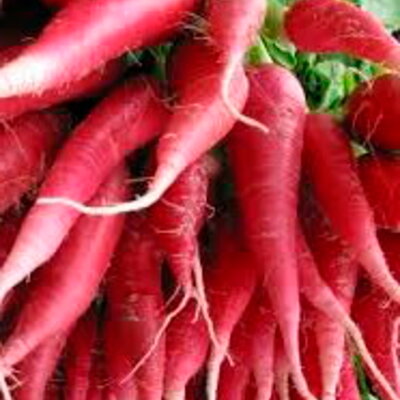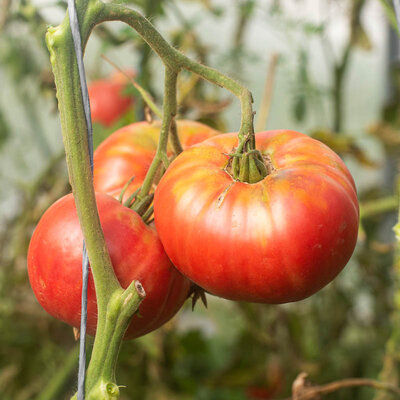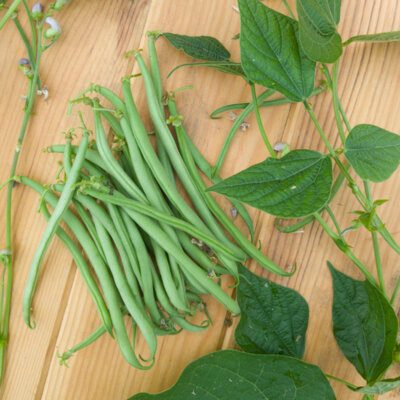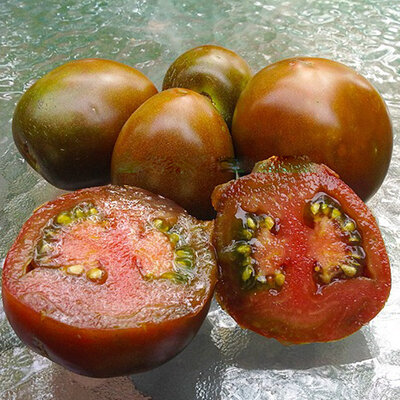
China Rose - Radish
The Rose de Chine winter radish is a very old variety that produces bright pink roots 10 to 12 cm long. Their white flesh has a very firm, compact texture and a very fragrant, slightly spicy flavor. They can be stored all winter in gauges, silos or cellars.
Characteristics of the Chinese Rose winter radish
The Chinese Rose winter radish, Raphanus sativus, is a variety first mentioned in 1548 and brought back from China around 1845. It is also mentioned in Vilmorin-Andrieux's 1885 book Les Plantes Potagères. Its pink, elongated root contains crisp, white flesh with a slightly spicy flavor. This well-preserved winter variety can be eaten raw with salt, in salads or cooked to accompany meat and fish dishes. Young radish leaves are also edible, raw or cooked like spinach.
When to sow Chinese Rose winter radishes?
Although this variety can be sown from May onwards, it is best suited to summer and autumn sowing for an autumn and winter harvest.
Sow seeds in the vegetable garden, in rows 30 cm apart. Thin to 10 or 15 cm along the row. Choose mid-sun exposure. To stagger harvesting, repeat sowing every 15 days. Water regularly.
In the vegetable garden, radishes grow harmoniously alongside many other vegetables: lettuce, carrots, peas and cucumbers.
When to harvest winter radishes?
The Chinese Rose winter radish is harvested from October to March. Its pungent taste is accentuated by dry spells and late harvests. Unlike the monthly radish, the winter radish can be stored for several months. Remove the tops from the roots, wipe dry, leave to dry for a few days, then store in a gauge, silo or cellar. If you bury them in sand, they will keep all winter. You can also leave the roots in the fridge for a few days.
These products may also be of interest to you
in the ground
Sow in rows 30 cm apart. Thin to 5 cm on the row, and repeat sowing every 15 days to stagger harvesting.
Water regularly. The pungent taste of radishes is accentuated by dry spells and late harvests.
March, April, May, August, September, October
May, June, July, October, November, December
in the ground
semi-shade, sunny
fort
humus, sandy, clayey
fees, furniture, drained
Raphanus sativus
early
4 grams
elongated
tender
Pink
From 20 to 30 cm
China
< 1600
"Vilmorin-Andrieux "Les Plantes Potagères
This ancient variety was first mentioned in 1548. It is also described in Vilmorin-Andrieux's 1885 book "Les Plantes Potagères". It is estimated to have appeared at least as early as 1845, when missionaries brought it back from China.











